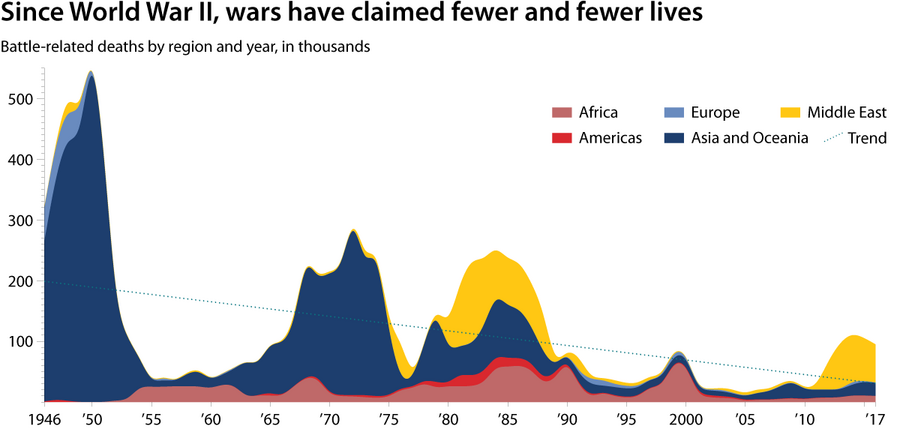Corruption allegations against Benjamin Netanyahu raise basic questions: To what extent may an elected leader maneuver to stay in power, and at what cost to democratic institutions?
Monitor Daily Podcast
- Follow us:
- Apple Podcasts
- Spotify
- RSS Feed
- Download
 Mark Trumbull
Mark Trumbull
The events of 1968 left influences that still linger 50 years later. This week comes a reminder that those legacies include a breaking of barriers in technology and exploration.
Humans circled the moon for the first time in December of that year. That journey and the “Earthrise” photo that resulted will be highlighted at an event tonight in Washington, with one of the original Apollo astronauts involved. You can view it online here.
This week also marks the 50th anniversary of something less known outside tech circles. In California, a Stanford-linked technologist named Douglas Engelbart made a presentation that’s now called the “mother of all demos.” The demonstration featured the first functioning computer mouse, and much more. Videoconferencing. Screen-sharing. Hyperlinks. A graphical interface with the machine. Plans for far-flung networks. Mr. Engelbart didn’t invent all this alone, but basically a straight line runs from his demo to today’s smartphones and internet.
Yet the footage also looks archaic – a reminder of how breakthroughs begin with ideas, dreams, and baby steps. And often with moral purpose. Engelbart’s vision wasn’t just about cool technology as an end in itself. As early as his service in World War II and his marriage proposal in 1950, Engelbart was nurturing a life goal: to help the world become more connected, to advance human progress and the solving of big problems.
Now it’s on to our five stories for today.











